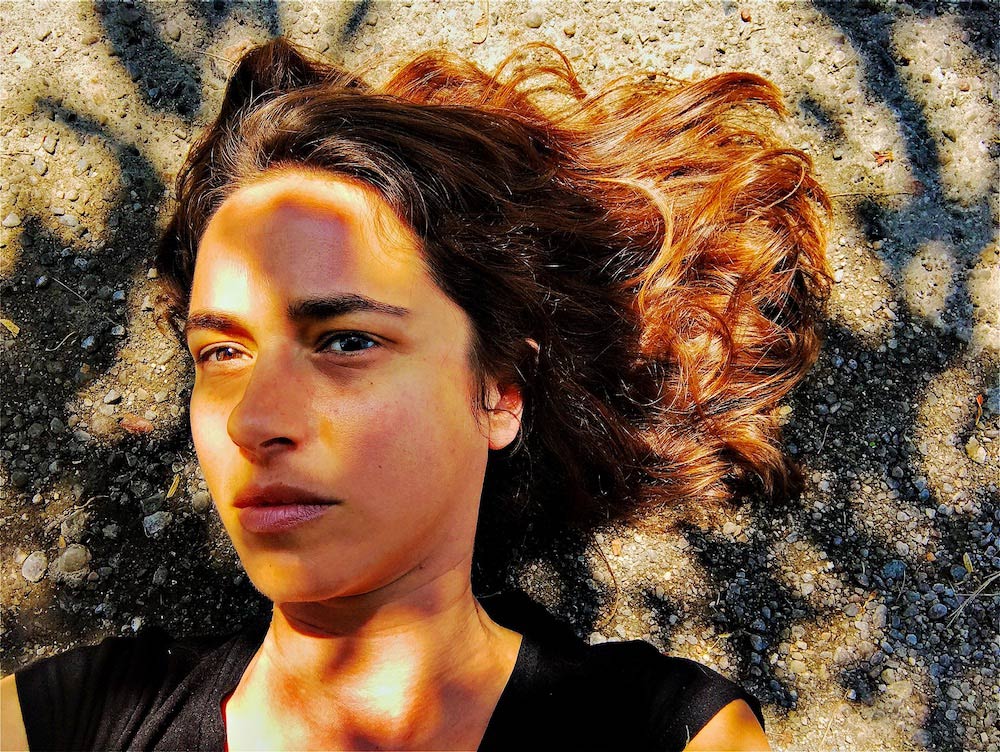Julia Nathanson earned a degree in psychology from McGill University in 1996. She then went on to develop her visual skills at the New York Film Academy. Later, she began to explore street and urban-style landscape photography. She has since been published in Hipstography, The App Whisperer, and National Geographic. Her awards include Hipstography’s Street Series of the Year, the Mobile Photo Grand Prize at PhotoIndependent and a special award by acclaimed photographer Ben Watts for her series "In the Lane." Her prints adorn the walls of several private collectors and have been exhibited throughout North America and Europe. When not shooting, she manages to feed and clothe her two girls (who also happen to be unpaid models.) Julia lives and works in Toronto.
About my work:
I am endlessly fascinated by nature’s will to persist. Brilliant flowers growing through cracked concrete, weedy vines creeping along rusty eaves. I am perpetually dazzled by the colours of the city. I marvel at how they contrast, or become chameleons by chance. It reminds me that poetry is everywhere, even if it’s inconspicuous. There is harmony in unexpected places, there is life that wants to live.
Equally alluring is the magic of children in the summertime. That fleeting time evokes my own fractured and dreamy recollections of childhood. Regardless of the subject, I hope that my work elicits a memory, a hope, a reverie.
